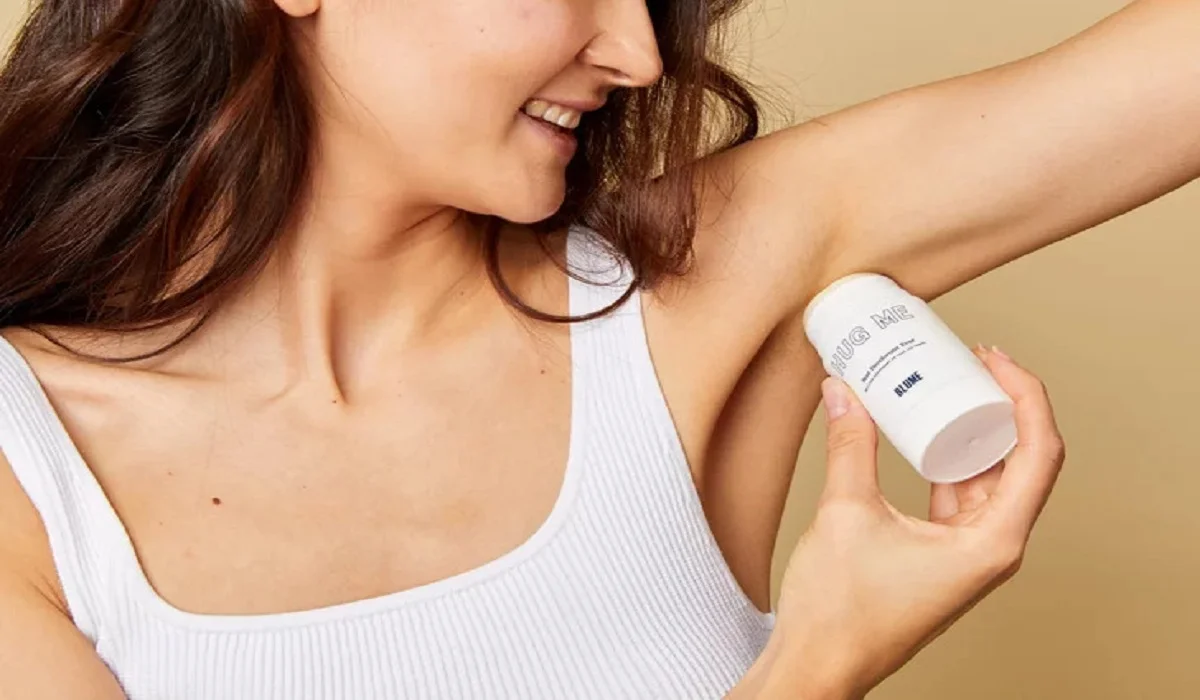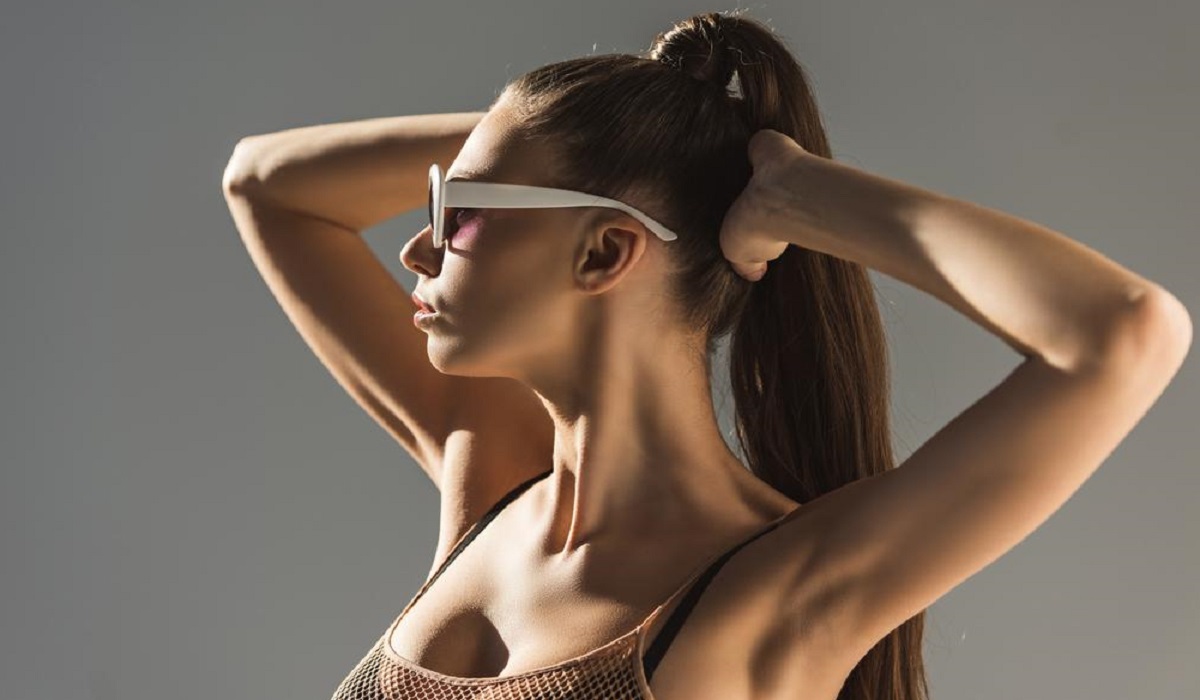
Mousse has long been a popular styling product used to add volume, texture, and hold to hair. When used in moderation, mousse can be a valuable tool in creating various hairstyles. However, excessive usage of mousse can have detrimental effects on the health and appearance of your hair. In this article, we will explore the consequences of using too much mousse, shedding light on the potential damage it can cause and offering insights into proper mousse application for optimal hair care.
Overloading the Hair:
Using an excessive amount of mousse can overload your hair with product. Mousse is designed to add volume and structure, but when applied excessively, it can weigh the hair down and make it appear flat and lifeless. The excess product buildup can also create a greasy and dull appearance, making it challenging to achieve the desired hairstyle.
Product Buildup and Residue:
One of the primary concerns of using too much mousse is the buildup of product residue on the hair and scalp. Mousse contains polymers and ingredients that create hold and texture, but when used excessively, these ingredients can accumulate and create a sticky residue. Product buildup not only affects the appearance of the hair but can also clog the hair follicles and impede proper scalp health.
Dryness and Lack of Moisture:
Excessive mousse usage can lead to dryness and lack of moisture in the hair. Mousse often contains alcohol and other drying agents that help the product to set and hold the desired style. However, when used excessively, these drying agents can strip the hair of its natural oils, leaving it dry, brittle, and prone to breakage. Dry hair lacks shine and elasticity, making it difficult to manage and style.
Weighed-Down and Stiff Hair:
When too much mousse is applied, it can result in stiff and weighed-down hair. Mousse creates hold and structure by forming a coating around the hair strands. Excessive application can lead to a heavy and stiff feel, restricting natural movement and flexibility. This can make the hair appear unnatural and difficult to style, limiting your options for versatile hairstyles.
Difficulty in Styling:
Ironically, using too much mousse can make it harder to achieve the desired hairstyle. The excess product buildup and stiffness can make it challenging to manipulate the hair and create the desired texture and volume. Styling tools, such as curling irons or straighteners, may not glide smoothly through the hair, resulting in uneven heat distribution and potential damage.

Scalp Issues:
Apart from the negative effects on the hair, excessive mousse usage can also impact the health of the scalp. The product buildup can clog the hair follicles, leading to scalp irritation, itchiness, and dandruff. It may also disrupt the natural pH balance of the scalp, further exacerbating scalp issues and potentially causing hair loss in severe cases.
Increased Dependency on Styling Products:
Using too much mousse can create a cycle of dependency on styling products. When hair becomes weighed down, lackluster, and difficult to style due to excessive mousse usage, individuals may be tempted to use even more product to compensate for the undesirable effects. This can perpetuate the cycle of damage and make it harder to restore the hair’s natural health and appearance.
Maintaining Healthy Hair with Mousse:
While excessive mousse usage can be detrimental to your hair, it doesn’t mean you have to completely avoid using mousse altogether. With proper application and moderation, mousse can still be a valuable styling tool. Consider the following tips to maintain healthy hair while using mousse:
a. Use a small amount: Start with a small dollop of mousse, about the size of a golf ball, and distribute it evenly through damp hair. Avoid applying excessive amounts, especially near the roots, to prevent weighing down the hair.
b. Focus on the mid-lengths and ends: Concentrate the mousse application on the mid-lengths and ends of the hair, where volume and texture are typically desired. This helps to avoid product buildup at the roots and allows for natural movement at the scalp.
c. Comb through the hair: After applying mousse, use a wide-tooth comb or your fingers to distribute the product evenly from root to tip. This ensures that the mousse is evenly dispersed and helps to prevent any clumps or patches of excess product.
d. Opt for lightweight and alcohol-free formulas: Look for mousse products that are specifically formulated to be lightweight and alcohol-free. These formulations provide hold and volume without excessive drying or weighing down the hair.
e. Cleanse and clarify regularly: To prevent product buildup, it’s essential to cleanse your hair regularly with a clarifying shampoo. This helps to remove any residue and restore the hair’s natural balance. Follow up with a moisturizing conditioner to replenish lost moisture.
f. Give your hair breaks from styling: It’s important to allow your hair to breathe and recover from excessive styling. Consider giving your hair a break from mousse and other styling products on certain days, allowing it to regain its natural texture and health.
While mousse can be a valuable styling product, using too much can have negative effects on your hair. Excessive mousse usage can lead to hair that appears weighed down, dull, and stiff. It can also cause dryness, product buildup, and scalp issues. However, with proper application, moderation, and the use of suitable mousse formulas, you can still enjoy the benefits of added volume and texture without compromising the health and appearance of your hair. Remember to use a small amount, focus on the mid-lengths and ends, and cleanse regularly to maintain a balanced and vibrant mane.








